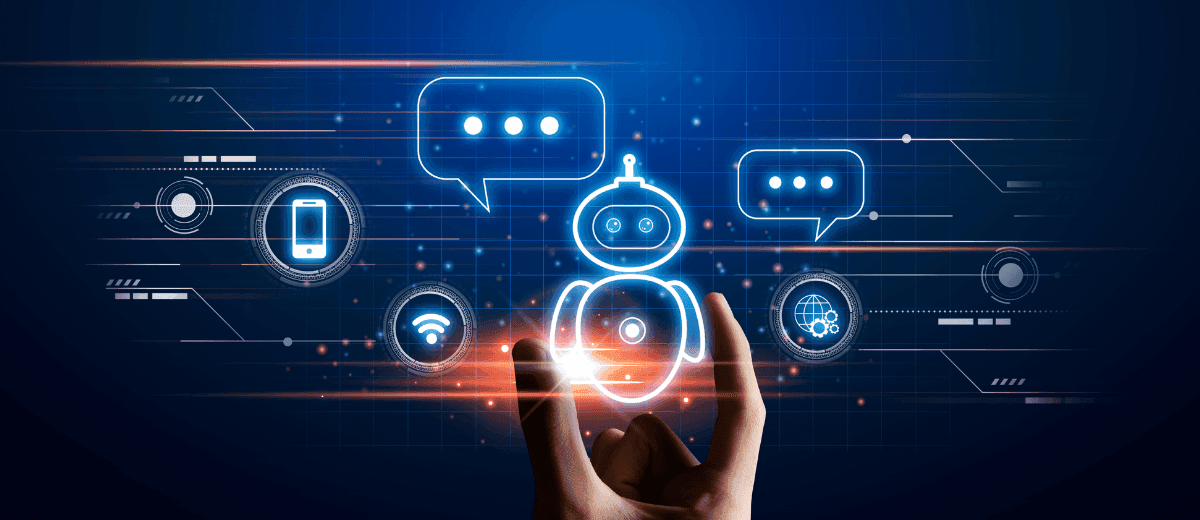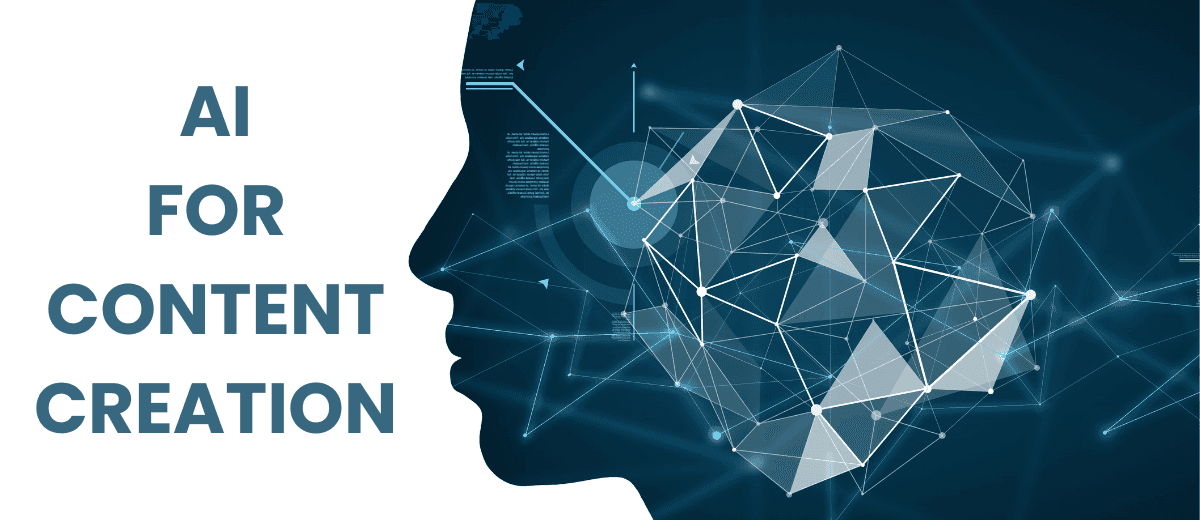- 6th May, 2024
- Saurabh S.
NLP in Customer Service: A Guide for 2024
28th Dec, 2023 | Rinkal J.
- Artificial Intelligence

Today, there's a lot of buzz about AI in customer service, but one crucial aspect that often gets overlooked is NLP, or Natural Language Processing.
NLP is a key tool for delivering excellent customer service. By leveraging NLP applications, businesses can elevate their customer interactions, streamline operations, and stay ahead in the competitive market.
This blog delves into the pivotal role of NLP in revolutionizing customer service, exploring key applications, implementation strategies, and future trends for the year 2024.
What is the Role of NLP in Improving Customer Service?
Natural Language Processing is a branch of artificial intelligence that focuses on enabling machines to understand, interpret, and respond to human language in a way that feels natural.
NLP goes beyond basic keyword matching, allowing computers to grasp the context, sentiment, and intricacies of human communication.
1. Enhanced Communication
NLP facilitates more natural and effective communication by allowing systems to understand context, tone, and intent. This results in more fluid and human-like interactions, eliminating the stiffness often associated with traditional customer service interfaces.
2. Sentiment Analysis for Proactive Support
NLP's capability to analyze customer sentiments in real-time provides businesses with invaluable insights.
This data enables proactive customer support, allowing companies to address issues before they escalate and tailoring responses to ensure a positive and empathetic customer experience.
3. Chatbots and Virtual Assistants
NLP is the driving force behind the development of intelligent chatbots and virtual assistants. These applications leverage NLP to engage in meaningful conversations with users, providing instant and accurate solutions.
This not only enhances efficiency but also contributes to a seamless and responsive customer support experience.
4. Dynamic FAQs and Knowledge Bases
NLP enables the creation of dynamic FAQs and knowledge bases that adapt to evolving customer queries.
Instead of static responses, NLP-driven systems can understand the intent behind questions, ensuring that customers receive relevant and up-to-date information, further enhancing the customer service journey.
5. Efficient Ticketing Systems
Automated ticketing systems powered by NLP can categorize and prioritize customer inquiries intelligently. This ensures that critical issues receive prompt attention, streamlining the customer support process and improving overall efficiency in issue resolution.
Key NLP Applications in Customer Service
NLP empowers machines to understand and respond to human language, enabling a host of applications that significantly improve customer service.
Let's delve into some key NLP applications that are reshaping the way businesses interact with their customers.
1. Chatbots for Instant Assistance
Imagine having a virtual assistant available 24/7 to address customer queries promptly. Enter chatbots powered by NLP. These intelligent bots can understand and interpret user inquiries in natural language, providing instant responses.
Whether it's answering frequently asked questions or guiding users through troubleshooting steps, chatbots streamline customer interactions, saving time for both businesses and customers.
2. Sentiment Analysis for Customer Feedback
Understanding customer sentiments is crucial for businesses aiming to improve their products and services. NLP-driven sentiment analysis tools analyze customer feedback, reviews, and social media comments to gauge whether the sentiments expressed are positive, negative, or neutral.
This invaluable information enables businesses to identify areas for improvement and tailor their offerings to better meet customer expectations.
3. Personalized Customer Interactions
NLP allows businesses to personalize customer interactions by analyzing and understanding individual preferences. This goes beyond simply addressing customers by their names; it involves tailoring recommendations and responses based on historical data and customer behavior.
By providing personalized experiences, businesses can foster stronger connections with their customers, ultimately enhancing customer loyalty.
4. Automated Email Response
Handling a high volume of customer emails manually can be overwhelming. NLP comes to the rescue by automating email responses. These systems can categorize and prioritize emails, extract key information, and generate appropriate responses.
This not only speeds up response times but also ensures that customer inquiries are addressed accurately and efficiently.
5. Voice Assistants for Hands-Free Support
With the rise of smart speakers and virtual assistants, voice-based interactions have become increasingly popular. NLP enables businesses to deploy voice assistants that can understand and respond to spoken language.
This is particularly beneficial for hands-free customer support, allowing users to get information or assistance without needing to type, making the experience more convenient.
6. Knowledge Base Enhancement
Businesses accumulate a vast amount of information over time, and NLP can be employed to enhance knowledge bases. NLP algorithms can categorize and tag information, making it easier for customers to find relevant answers to their queries.
This not only improves the efficiency of customer support teams but also empowers customers to access the information they need with minimal effort.
Implementing NLP in Customer Service: A Step-by-Step Guide
Implementing NLP in customer service is a strategic move that can transform the way your business interacts with customers.
By following these steps, you can harness the power of NLP to provide faster, more personalized, and efficient support.
1. Define Objectives
Clearly outline the goals you want to achieve with NLP in customer service. Whether it's reducing response time, improving customer satisfaction, or automating certain tasks, having a clear roadmap is crucial.
2. Select the Right NLP Tools
Choose NLP tools that align with your business requirements. There are various pre-built NLP models and platforms available that can be integrated into your existing customer service systems.
3. Train the Model
If you opt for a machine learning approach, ensure that the NLP model is trained with relevant data. This helps the system understand the nuances of your industry and the specific language used by your customers.
4. Test and Refine
Implement the NLP solution in a controlled environment and continuously monitor its performance. Gather feedback from both customers and support agents to identify areas for improvement and make necessary adjustments.
5. Scale Gradually
Start with a small-scale implementation before scaling up. This allows you to address any issues that may arise and ensures a smoother integration into your existing customer service workflow.

Image source: Natural Language processing
Future Trends in NLP and Customer Service
Natural Language Processing (NLP) has already made significant strides, but what does the future hold for this groundbreaking technology in the realm of customer service?
Let's explore the exciting trends that are set to shape the year 2024.
1. Hyper-Personalization
As NLP continues to advance, so does its ability to understand and analyze customer preferences. In the future, customer service interactions will become increasingly personalized.
NLP algorithms will delve deep into customer data, social media interactions, and past inquiries to provide tailored recommendations and solutions. This level of hyper-personalization not only enhances customer satisfaction but also fosters a stronger connection between businesses and their clientele.
2. Conversational AI Evolution
While chatbots have become a common feature in customer service, the future holds the promise of more sophisticated conversational AI. Intelligent conversational agents powered by advanced NLP will engage customers in more natural, human-like conversations.
These agents will understand context, emotions, and even respond to complex queries, providing a more immersive and efficient customer service experience.
3. Voice-Activated Customer Support
Voice-activated technologies, such as virtual assistants and smart speakers, are becoming increasingly prevalent. In the future, NLP will play a vital role in enabling voice-activated customer support.
Customers will be able to seek assistance, place orders, or track shipments using voice commands, making the entire customer service process more convenient and accessible.
4. Augmented Reality (AR) for Visual Support
While NLP primarily focuses on text and language, future trends in customer service may integrate NLP with augmented reality.
Visual support powered by NLP can assist customers in troubleshooting issues by recognizing and interpreting images or videos shared by users. This visual element adds a new dimension to customer support, particularly in industries where visual cues are crucial.
5. Enhanced Data Security
As the reliance on NLP increases, so does the importance of ensuring the security and privacy of customer data.
Future trends will see the integration of advanced security measures within NLP systems, guaranteeing that sensitive information is protected. Businesses will prioritize building trust with their customers by implementing robust data protection protocols.
The future of NLP in customer service is bright and full of possibilities. As technology continues to advance, businesses that embrace these trends will be better positioned to exceed customer expectations, foster loyalty, and stay at the forefront of a rapidly evolving industry.
By harnessing the power of NLP, the customer service experience is set to become not just efficient, but genuinely transformative.
FAQs
1. Why is NLP so powerful?
NLP allows computers to understand and process human language, opening up a vast world of possibilities. It unlocks hidden insights from text data, automates tasks, and creates more natural and engaging interactions between humans and machines.
2. What is the scope of NLP in 2024?
Expect even more integration into our lives! NLP will tackle complex tasks like sentiment analysis, code generation, and even creative writing. Its potential in healthcare, education, and customer service is also set to explode.
3. Can I learn NLP?
Definitely! With online courses, tutorials, and open-source resources, anyone can start exploring the amazing world of NLP. Whether you're a tech enthusiast or simply curious, there's always something new to discover.
4. How does NLP work?
A: NLP uses advanced algorithms and techniques like machine learning to break down language into its components, understand the meaning behind words, and even generate new text. It's like teaching the computer the grammar, syntax, and context of language, just like you learned in school!
More blogs in "Artificial Intelligence"
- 5th Jun, 2024
- Arjun S.
Transform Your Business with NLP Services and Expertise
- 3rd Mar, 2024
- Rohit M.
How is AI Shaping the Future of Content Creation?
Join our Newsletter
Get insights on the latest trends in technology and industry, delivered straight to your inbox.









